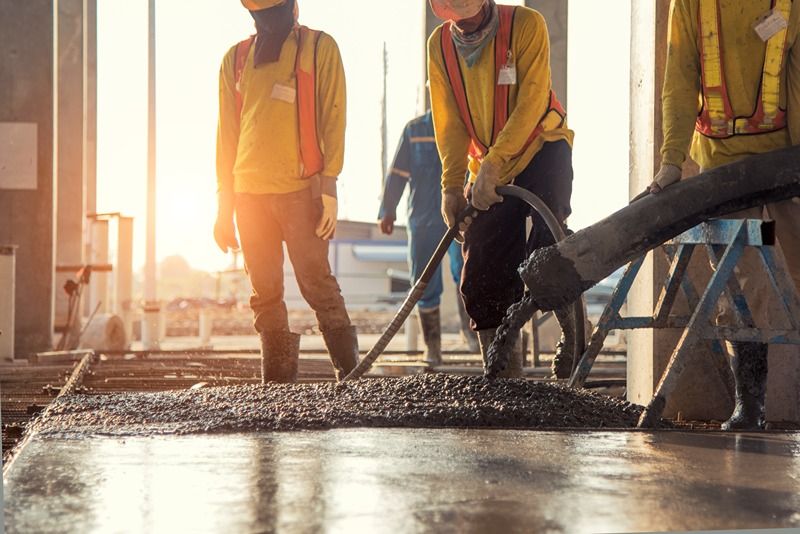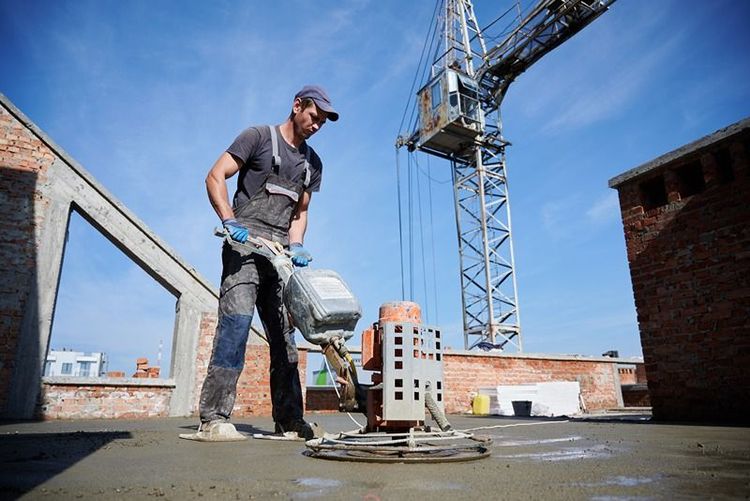Prestressed concrete offers strength, durability, and versatility. This material combines the properties of concrete and steel and is now commonly used in construction projects. Let's explore its applications and understand how cement grade and price contribute to building quality structures.
What is prestressed concrete?
Before the concrete is poured, we significantly boost its ability to withstand heavy loads and tension by pre-tensioning steel reinforcement bars. This process helps prevent cracks and allows longer spans without extra support, making it a go-to material for many construction projects.
Where can you find prestressed concrete?
Bridges and flyovers
Bridges and flyovers are the most visible examples of prestressed concrete in action. Its impressive strength-to-weight ratio means fewer piers are needed, resulting in longer, uninterrupted spans. This makes it perfect for overpasses and elevated roadways, where keeping traffic flowing smoothly is a priority.
High-rise buildings
In the world of skyscrapers, prestressed concrete is a true champion. It allows for taller buildings with thinner slabs and columns, maximising usable space and enhancing stability. Plus, its lighter weight reduces the load on foundations, saving costs and ensuring safety.
Industrial structures
Warehouses and factories benefit greatly from prestressed concrete. Its ability to span long distances without much support creates large, open floor spaces. This flexibility makes it easier to install and move around machinery, improving operational efficiency.






 +91 7208055523
+91 7208055523
 Help & support
Help & support
